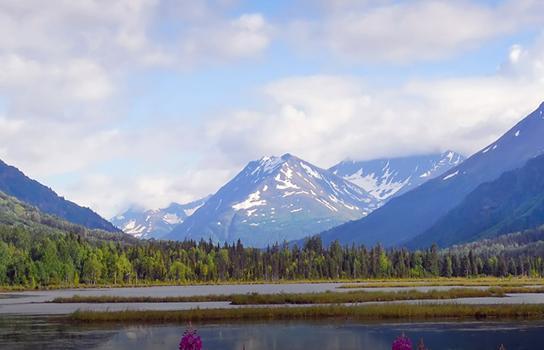These national and state parks don't get as much attention as others, but we think they're among the best parks in the United States.
From Yellowstone to the Everglades, the U.S. is packed with world famous national parks. But this country is so big, even a scenic wonder larger than seven of our 50 states can disappear into the vastness. AAA Travel has put together a list of ten national and state parks that we think could match up against the best of them. The best part of it is, you might not have even heard of them. Travelers seeking an outdoor adventure that is off the beaten path, filled with fresh air and beautiful scenery can burrow into the great American interior waiting to be discovered.
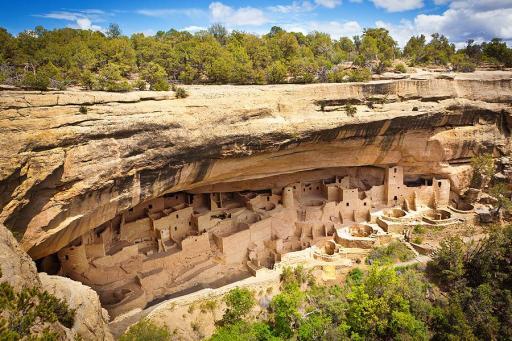
Mesa Verde National Park – Colorado
Tucked in the southwest corner of Colorado, just 10 miles from New Mexico, Mesa Verde—which means “green table” in Spanish—is 8,572 feet above sea level. Park Point is the highest spot and affords views that stretch across the Southwestern landscape. The real treasures of the park are those engineered by ancestral Puebloans, sometimes called Anasazi, who built the community several generations ago. With restored structures, the national park has also been deemed a World Heritage Site.
More information, including park schedule and visitor’s guides, can be found here: https://www.nps.gov/meve/index.htm
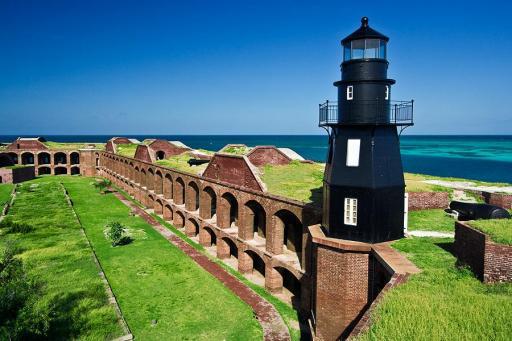
Dry Tortugas National Park – Florida
Accessible only by boat or seaplane, this hidden national park lies about 70 miles west of Key West. Featuring the home of magnificent Fort Jefferson, one of the nation’s largest 19th century forts – this park is one for the history buffs. Also known for its picturesque blue waters, superlative coral reef and marine life, and the vast assortment of migratory birds that frequent the area – Dry Tortugas is also for the those that enjoy exploring nature.
More information, including campaign guide and FAQ’s can be found here: https://www.nps.gov/drto/index.htm
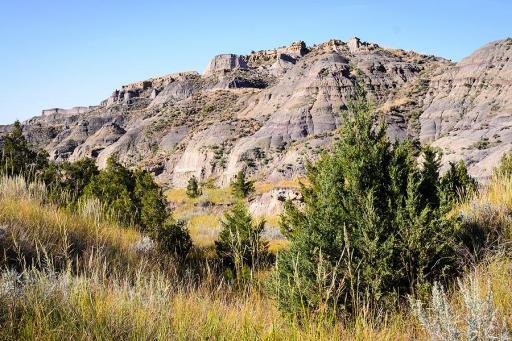
Makoshika State Park – Montana
The name Makoshika (Ma-ko'-shi-ka) is a variant spelling of a Lakota phrase meaning 'bad land' or 'bad earth'. Today, as Montana's largest state park, the badlands of Makoshika are set aside for visitors to see and enjoy. In addition to the pine and juniper studded badland formations, you can walk a real dinosaur trail featuring the fossil remains of Tyrannosaurus Rex, Triceratops and more. Encompassing 11,538 acres at an elevation of 2,415 feet – Makoshika State Park includes an archery site, scenic drive, hiking trails, a number of campaign sites, a naturally formed outdoor amphitheater, and much more.
More information, including a park map can be found here: http://stateparks.mt.gov/makoshika
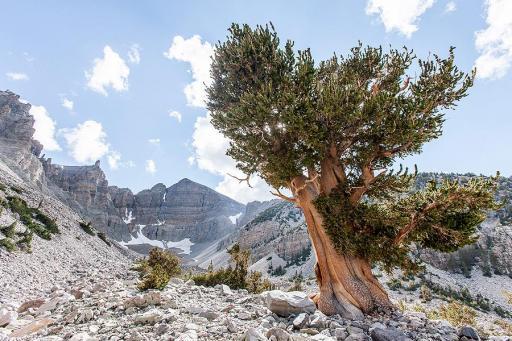
Great Basin National Park – Nevada
In the shadow of 13,063-foot Wheeler Peak, 4,000-year-old bristlecone pine trees grow on rocky glacial moraines. Come to Great Basin National Park to partake in the solitude of the wilderness, smell the sagebrush after a thunderstorm, bask in the darkest of night skies, and explore mysterious subterranean passages of Lehman Caves. There's a whole lot more than just desert here! Far from a wasteland, the Great Basin is a diverse region that awaits your discovery.
More information, including a calendar and maps can be found here: https://www.nps.gov/grba/index.htm
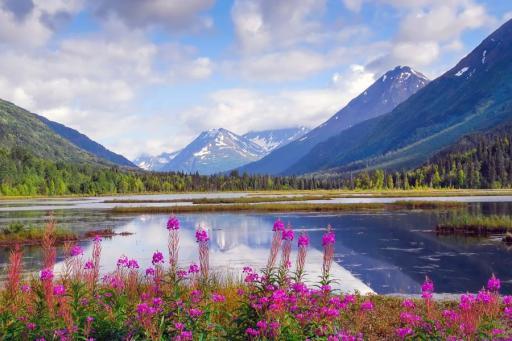
Chugach National Forest – Alaska
The Chugach National Forest serves as the “backyard” for over half of Alaska’s residents stretching across portions of the Kenai Peninsula, Prince William Sound, and the Copper River Delta. The forest’s 5.4 million acres compares in size with the state of New Hampshire! It is one of the few places left in the world where glaciers still grind valleys into the hard rock of the earth. The lands that now make up the Chugach National Forest are also home to the Alaska Native peoples including the Ahtna, Chugach, Dena’ina, and Eyak. From kayaking and hiking to birdwatching & scenery peeping, whether you have a couple of hours or a couple of days, this is a national forest you do not want to miss.
More information, including a visitor’s guide can be found here: http://akgeo.org/
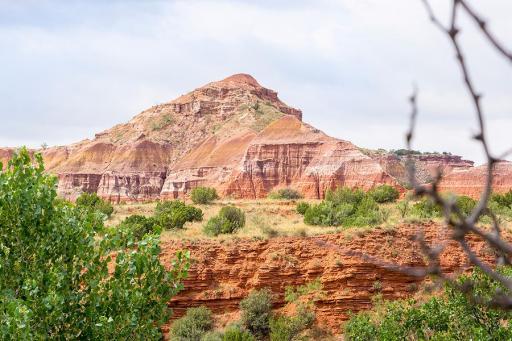
Palo Duro Canyon State Park – Texas
The second largest canyon in the country lies in the heart of the Texas Panhandle. Encompassing 29,182 acres of the northernmost section of the canyon, the site is mostly hidden from view – a sunken treasure with clear, winding rivers, red sandstone ramparts and graceful cottonwoods. The name, Palo Duro, is Spanish for “hard wood,” which reflects the area’s mesquite and juniper trees. Follow along the park’s many miles of marked trails for hiking, biking or horseback riding and experience the canyon’s rugged beauty and enjoy its colorful history.
More information, including things to do and park maps can be found here: http://tpwd.texas.gov/state-parks/palo-duro-canyon
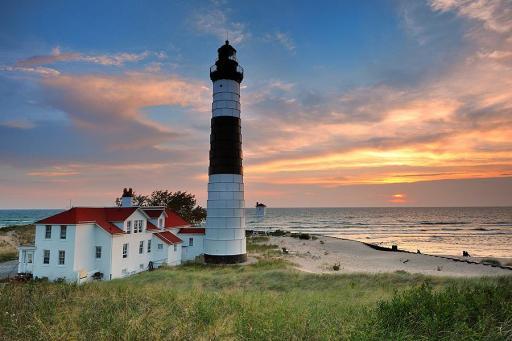
Ludington State Park – Michigan
Made up of 5,300 acres between Lake Michigan and Hamlin Lake, this picturesque park is home to several miles of sandy dune beaches, a historic lighthouse (available to climb), more than 20 miles of hiking trails (with paths for biking and cross-country skiing), the clear and slow flowing Big Sable River, plus more. Celebrating its 80th birthday this year, this wonderful area of land is not just for camping – it’s a haven for hikers, fishermen, bikers, or anyone who loves what nature has to offer. Here you'll discover spectacular views, hardwood forests, marshlands, and some of Lake Michigan’s best shoreline. The state park is a vacation within itself, with special programs offered in the summer.
More information, including where to stay can be found here: http://www.visitludington.com/statepark/
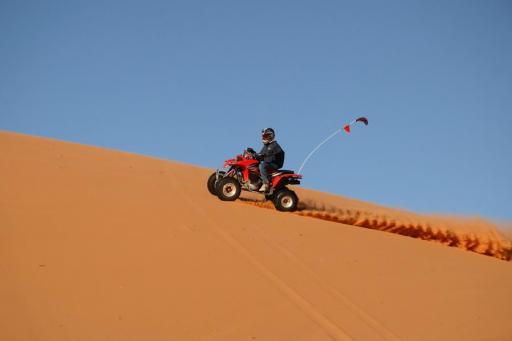
Coral Pink Sand Dunes State Park – Utah
This desert park glows pink thanks to the massive sand dunes that get their color from the region's red rocks. These dunes are estimated at 10,000 to 15,000 years old and were created by high winds through the notch between the Moquith and Moccasin mountains – carrying sand grains from the eroding Navajo sandstone. Coral Pink Sand Dunes support a diverse population of insects, including the Coral Pink tiger beetle that is found only here. Melting snow sometimes creates small ponds in the dunes that support amphibians such as salamanders and toads. This park is a ATV rider’s heaven, where about 90% of the dunes are open for riding.
More information, including amenities and landmarks can be found here: https://stateparks.utah.gov/parks/coral-pink/
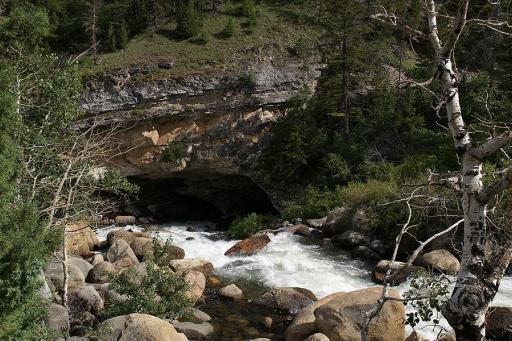
Sinks Canyon State Park– Wyoming
Sinks Canyon is a rugged canyon at the base of the southern Wind River Mountains at the edge of the great plains of central Wyoming. Located on the eastern slope of the mountains, the canyon is named for a unique geologic formation, “The Sinks”, where the river quickly vanishes underground near the mouth of the canyon. Some years, the high of this canyon peaks can get over 200 inches of snow! The water in the river is pure since much of this area is a protected wilderness, with snow and rain falling on over 190 square miles flowing into the Middle Fork watershed.
More information, including visitor info and maps can be found here: http://www.sinkscanyonstatepark.org/
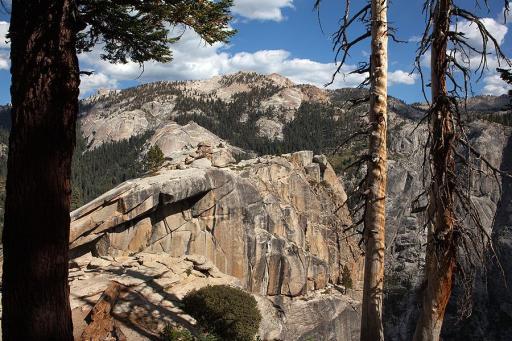
Sequoia and Kings Canyon National Park – California
In the heart of California’s Sierra Nevada lays a land almost entirely accessible only by foot or horseback. The park dates back to 1890, making it the nation’s second-oldest national park. This dramatic landscape testifies to nature's size, beauty, and diversity – huge mountains, rugged foothills, deep canyons, vast caverns, and the world's largest trees. Weather varies a lot by season and elevation, which ranges from 1,370' to 14,494'. Sequoias grow at 5,000 - 7,000', above usual snowline!
More information, including things to do and camping guides can be found here: https://www.nps.gov/seki/index.htm

